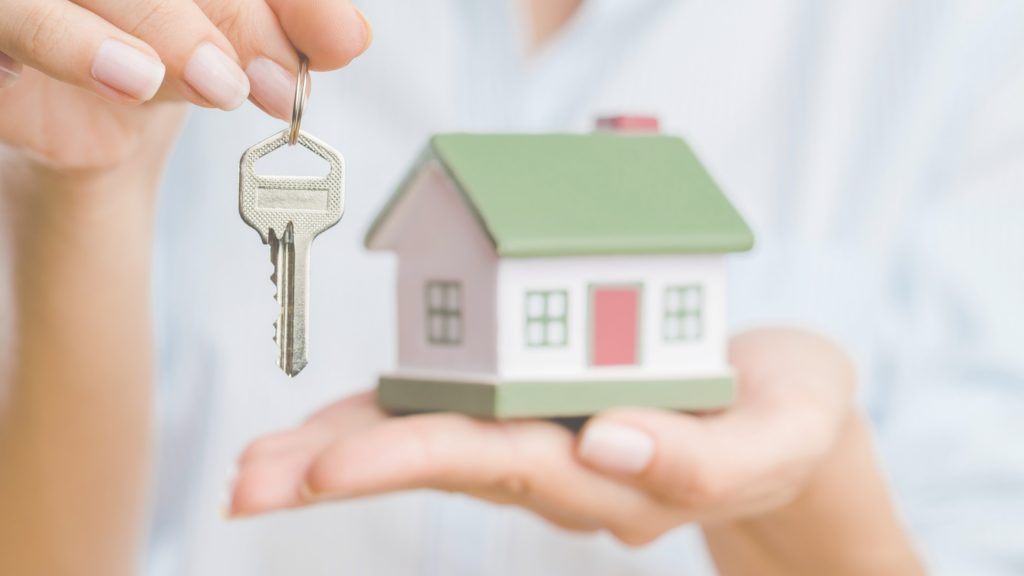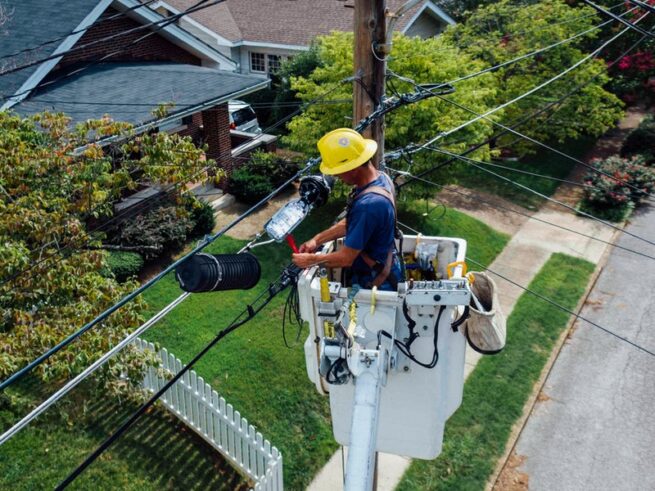It is impossible to turn on the news or open up a paper or magazine these days without seeing something about global warming. Ironically, one of the causes for the rising temperature of the planet is the energy used by the very products and systems we so desperately need to deal with mercurial temperature extremes. One way to cope with both situations simultaneously is to look at installing a heat pump in one’s home rather than a standard gas or electric furnace.
There are many different types of heat pumps, the most common being an air-source. This works through heat transfer rather than creation. Instead of using power to generate heating or cooling, it essentially uses the process of conduction to exchange hot air for cold. The system works using two sets of copper coils, one on the interior of the home, one on the exterior, and a compressor. Heat will be extracted from the outside air and transferred inside to warm the dwelling. The directionality can be reversed in the summer to draw warm air from inside the house and direct it out.
An even more energy efficient form of heat pump is a geothermal (geo-exchange, ground source, or water-source) pump. Because earth and water are insulators in and of themselves, and therefore have a more consistent temperature than air, a pump sourced a few inches into the earth or water require less energy to produce the same temperature.
Both systems will result in higher energy efficiency and reduced costs over the long run, but do have added costs at the initial installation. The geothermal pump is by far the most efficient, but is also the most expensive and labor-intensive to install, though the end result will be worth the outlay. Another type of heat pump is dual-sourced, which combines the two and is somewhat less expensive, though with a concomitant reduction of energy savings.
When properly installed, heat pumps will reduce home heating and cooling costs, reduce heating repair bills, and will work as well as a central heating system in the right climate.
Climate is the caveat that needs to be observed when considering swapping out one’s existing heating system for this model. In areas with extremes of cold, pumps may not provide the desired indoor temperature. Ground-source pumps are better equipped for this area, as are absorption heat pumps that are backed up with a gas heater to provide extra warming when necessary.
This is not an exhaustive list. There are a variety of systems to suit a range of home configurations and desired services. The Department of Energy offers a website and publications to help the discerning homeowner make the best choice.
While such systems are an excellent alternative to standard, often outdated heating and cooling systems (or those in need of substantial repair), one needs to take into consideration their efficacy in any given area and climate. They are particular ideal for temperate areas like Atlanta, where the temperatures rarely dip into extreme cold. When installed by a reputable contractor, they can be an excellent way to move heat out of the house.





More Stories
Buying a Condo
Red, White and Blue – What Are The Timeshare Seasons?
What You Need to Know About Selling Your Condominium in Today’s Market